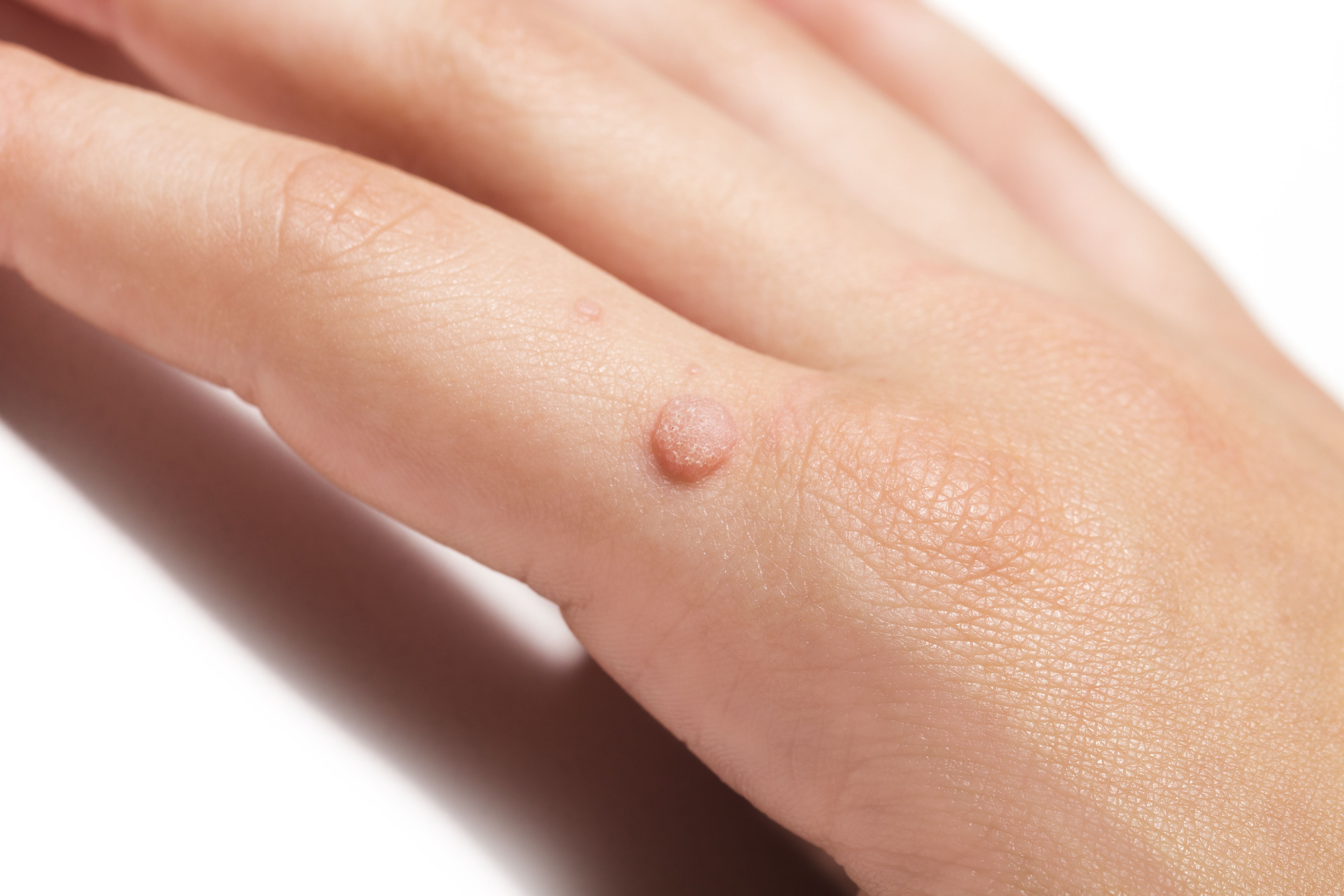- Case-Based Roundtable
- General Dermatology
- Eczema
- Chronic Hand Eczema
- Alopecia
- Aesthetics
- Vitiligo
- COVID-19
- Actinic Keratosis
- Precision Medicine and Biologics
- Rare Disease
- Wound Care
- Rosacea
- Psoriasis
- Psoriatic Arthritis
- Atopic Dermatitis
- Melasma
- NP and PA
- Skin Cancer
- Hidradenitis Suppurativa
- Drug Watch
- Pigmentary Disorders
- Acne
- Pediatric Dermatology
- Practice Management
- Prurigo Nodularis
- Buy-and-Bill
News
Article
Long Pulsed ND:YAG Laser Efficacious in Treatment of Plane Warts
Author(s):
In a study of 19 patients, the laser treatment led to excellent responses in 86.36% of participants, with 78.94% achieving complete response.
Investigators found that use of a long pulsed ND:YAG laser 532 nm led to excellent responses in the majority of patients with plane warts, with 78.94% of excellent responses attributed to complete treatment response, according to a recent study1 published in Skin Research and Technology.
Olena/Adobe Stock

According to study author Al-Sabak et al, there is no universal treatment modality for patients with plane warts, which are particularly common in children and young adults. Citing the efficacy of the long pulsed ND:YAG laser in treating palmoplantar warts, investigators sought to determine the efficacy of the laser in clearing plane warts. They hypothesized that clearance may be achievable due to the laser’s ability to target the blood vessels supplying the wart tissue.
The interventional, prospective study was conducted at a single study center between October 2021 and October 2022. Patients (n=22) between the ages of 8 to 45 years old were recruited from an outpatient dermatology clinic. They presented with single or multiple verruca plana, amassing a total of 478 lesions between all participants.
Patients who actively used topical wart treatments or who were under the age of 8 years old, were pregnant or lactating, actively used anticoagulant drugs, or who had undergone physical lesion destruction 1 month prior to study initiation were excluded from participation.
Patients were photographed prior to receiving treatment—after which, they underwent 3 treatment sessions spaced 2 weeks apart or as determined by lesion clearance success. Prior to treatment, topical lidocaine was applied to the lesion for anesthetization, followed by ethyl alcohol cleansing.
During each session, lesions were irradiated with the laser. The surrounding 1 to 2 mm of skin surrounding the lesion was also treated. The area went through 1 to 2 passes of pulse with parameters of spot size 3 mm, pulse duration 20 ms, and fluence 30 J/cm2.
A topical fusidic acid cream was applied post-operatively on a twice-daily basis for a duration of 1 to 2 weeks. Patients were instructed to use SPF to prevent post-inflammatory hyperpigmentation.
Success of treatment was determined by reduction in wart count and photographic examination, both of which were conducted after treatment. Reduction of warts was evaluated on a 4-point scale of poor to excellent. Patients also completed a satisfaction report.
Adverse effects included blisters, bruising, pain, and swelling, with breakdown of the treated area reported in some patients.
As a result, 86.36% of patients achieved excellent response, with 78.94% of those achieving complete response. 68.18% of respondents reported full or complete treatment satisfaction.
“Current work demonstrated that long pulsed ND:YAG laser (532 nm) is an effective, well tolerated, with minimal complication method in the treatment of plane warts,” according to study authors. “It is apparent that a few sessions of laser are much easier for the patients than the daily use of topical treatment. Also, it shows a high success rate with fewer side effects when compared with ablative laser, cryotherapy, or electrocautery with high success rate.”
Reference
- Al‐Sabak H, Jaafar AA. Treatment of plane warts with long pulse ND – YAG laser 532 nm. Skin Res Technol. 2023;29(9). doi:10.1111/srt.13462






